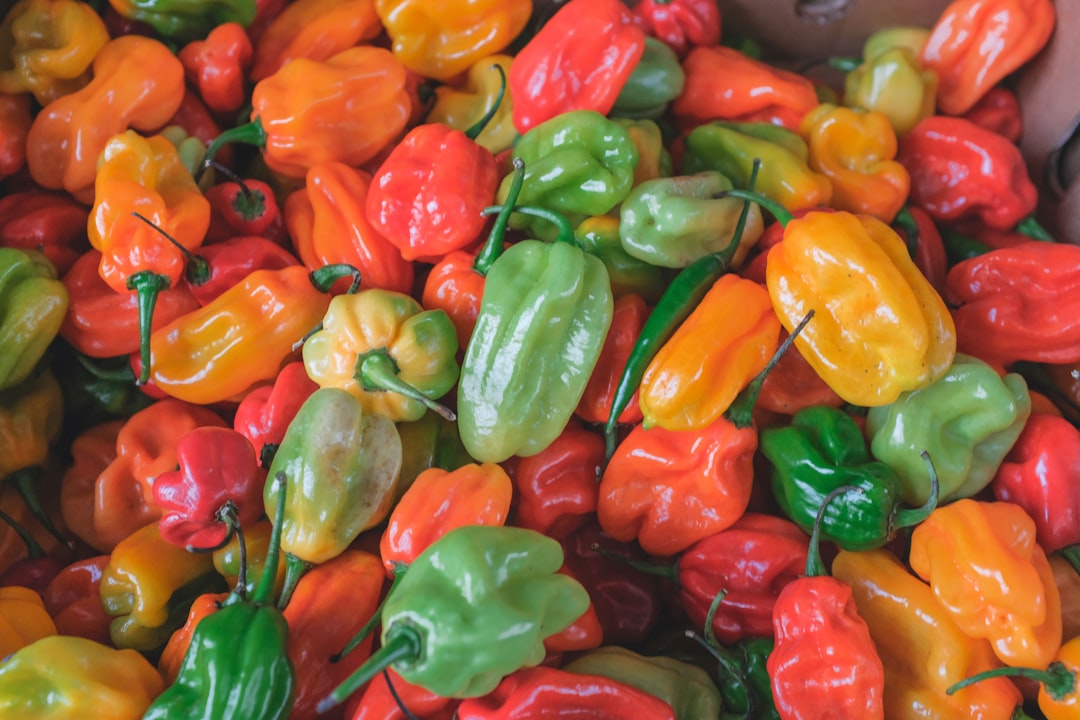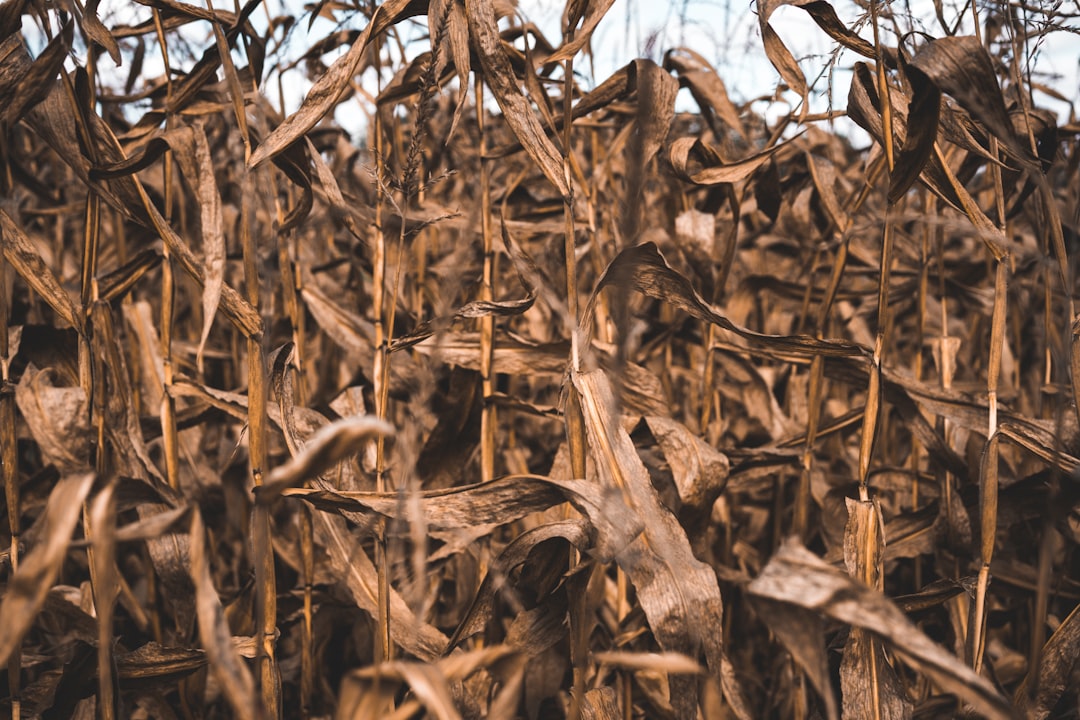What is it about?
In the late 1980s the methods of getting narcissus bulbs to form massive number of shoot clumps have been studied and the main author, YN Chow (in a separate paper) had already worked out how to generate large number of narcissus shoots in tissue culture. But the end product for the entire process was bulbs that could be easily planted in the field. This paper describes an innovative yet simple way to achieve the goal of turning narcissus shoots in test tubes into bulbs.
Featured Image

Photo by Shishir Pandey on Unsplash
Why is it important?
Having cracked the riddle of how to generate lots of shoots in vitro (by overcoming the strong apical dominance of narcissus, as reported in another paper), it was crucial to turn these shoots into small bulbs that could be planted in vivo easily and which would survive the acclimatization process much better than shoot clumps.
Perspectives
This is the turning point of my doctoral research work. It took about six months for me, after looking at many other protocols to induce storage organs formation. My inspiration came from learning how potato tuberization was attained using high sugar content in the culture medium with potato shoots in vitro. I investigated the combination of high sugar content (60 - 90 g/litre c.f. the usual 30 g/litre) with various growth regulators and found that the determining factor was indeed just high sucrose content. These little bulbs in test-tubes (I called them "bulbils") attained almost 100% survival rate upon transfer to the glasshouse.
Dr. Yong Neng Chow
Zhaoqing University
Read the Original
This page is a summary of: Stimulation by sucrose ofNarcissusbulbil formationin vitro, Journal of Horticultural Science, January 1992, Taylor & Francis,
DOI: 10.1080/00221589.1992.11516250.
You can read the full text:
Resources
Contributors
The following have contributed to this page










